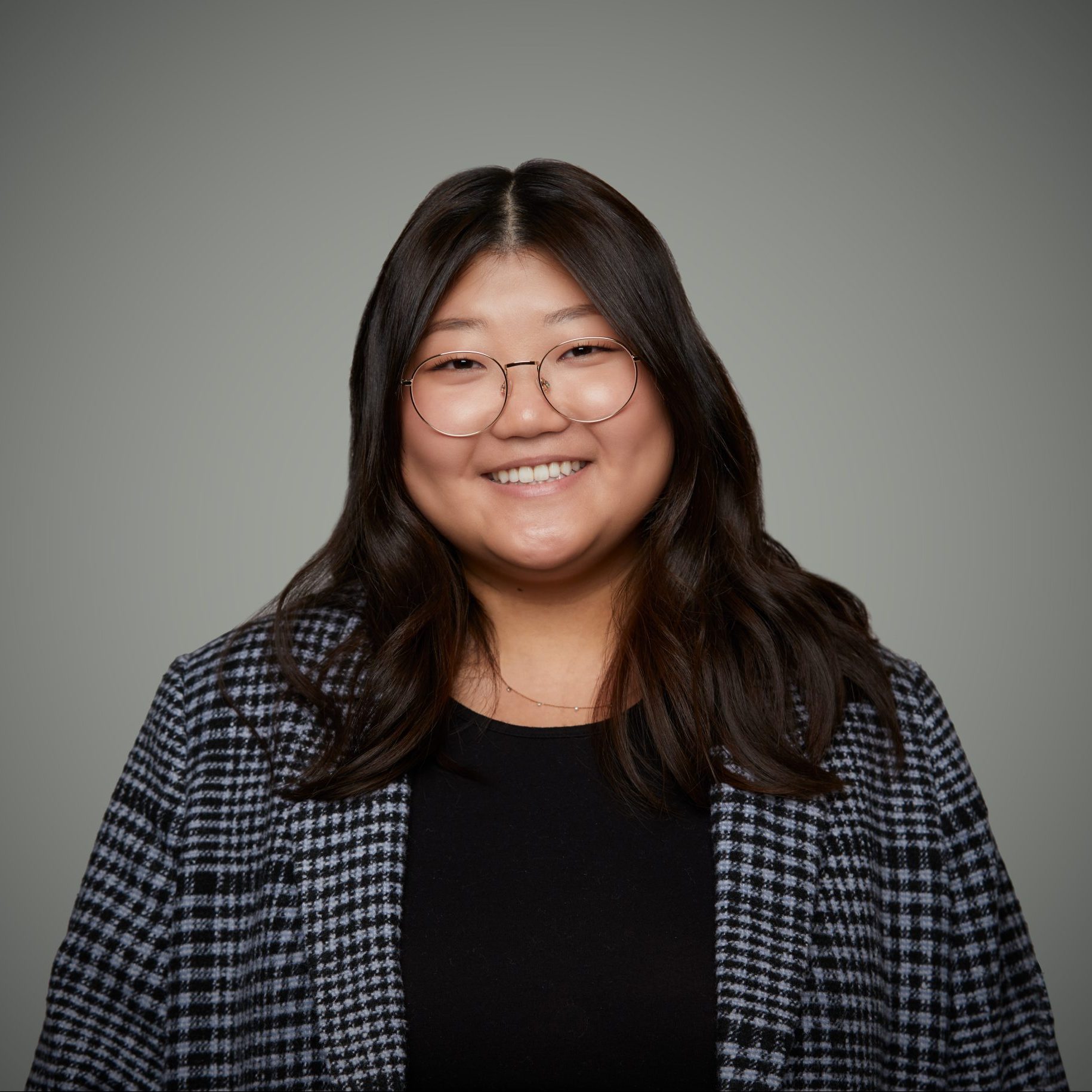Take 5: Celebrating Asian American Pacific Islander Month with vice president of medical management Dr. Meera Atkins
May 17, 2024
Take 5 is a series in which we pose five questions to a Blue Cross associate and learn more about who they are, what they do, and how they help our members live their healthiest lives.
This edition of “Take 5” features Dr. Meera Atkins, vice president of medical management. An experienced physician and surgeon with an MBA from Northwestern University’s Kellogg School of Management, Meera joined Blue Cross in 2022.
1. What is your role at Blue Cross, and what is a project you’re currently working on that excites you?
In short, I lead our clinical medical management teams. This includes our utilization management, case management and medical policy areas. Each serves a critical purpose.
Utilization management aims to ensure our members are getting the right care, at the right time, by the right person and in the right place through the medical policy areas.
Medical policy works to create our policies, which are available to members and providers, based on criteria that ensures members have access to safe and effective care that aligns with credible scientific evidence published in peer-reviewed medical literature, clinical input and specialty society guidelines. Lastly, case management can look like many things, but mostly comes down to assessing each member individually, and coordinating and advocating for that member with a goal is to drive better health outcomes through early interventions and more informed health decisions. Our case managers can also assist in navigating our members through their benefits and the often-complex medical systems from which they are receiving care.
Right now, I’m excited about the work we’re doing to transform our medical management process that empowers us to focus more on the value we’re creating for our members – like better health outcomes while also reducing unnecessary spending. In keeping access and patient safety at the forefront, we’re increasing the number of members we can serve while being fiscally responsible and decreasing the risk of complications.
2. What does Asian American Pacific Islander (AAPI) Month mean to you?
For me, AAPI Month really means bringing people together and appreciating both the similarities and differences that exist within the Asian American Pacific Islander identity. I come from two different types of Asian descent – I’m part Indian and part Filipino, and I’ve always celebrated both sides of my Asian heritage together. Being Asian can mean so many different things to so many different people because of all the rich cultural aspects that exist. In the simplest terms, AAPI Month to me means being inclusive.
3. How has your experience as a woman of color influenced your work at Blue Cross?
Historically, Asian women have been stereotyped as being reserved. A wonderful thing we do at Blue Cross is encourage everyone to use their authentic voice. It’s a safe space to speak up. I’m a curious person by nature, and I ask a lot of questions. Having the courage to continually question and clarify the work we do ensures we are able to deliver the best care for our members.
Also, having a distinct cultural background gives me the opportunity to understand the needs of different member populations. I strive to be a role model for other Asian women, or people of different ethnic backgrounds, to be able to use their voice and ask questions or advocate for yourself or others freely.
4. You're a doctor with experience providing care to patients. How does that lend itself to your work on the insurance side?
One of the things I really love and am passionate about in working in health insurance is having a positive impact on both the member and the provider. Because I’ve been in both spaces, I personally understand both viewpoints. Having been a provider, the clinical side of health is always in my heart. Helping people is why I went into medicine. Now, being at Blue Cross, my background allows me to do that on a far greater scale than I could on the individual patient level. Every day, I’m working to ensure that all of our members have the right level or care from the right providers at the right times.
5. How do you celebrate AAPI Month and how can we keep the themes alive year-round?
Food is one of the easiest ways for people to connect with AAPI cultures. Many of our societies are centered around celebrations where traditional food is often at the center. Eating and sharing are great ways to find common ground and learn more about our own heritage or about other people.
I love Asian food and I love to cook. My kids are half Asian, so I’ve been encouraging them to really embrace all aspects of their Asian heritage. My mom is an amazing cook of both Indian and Filipino foods, so we’re learning a lot of rich culture from her. I try to ensure that my children grow up as skilled cooks in their own right as a way to show their Asian pride to friends and future families.



Thank you for sharing with us!